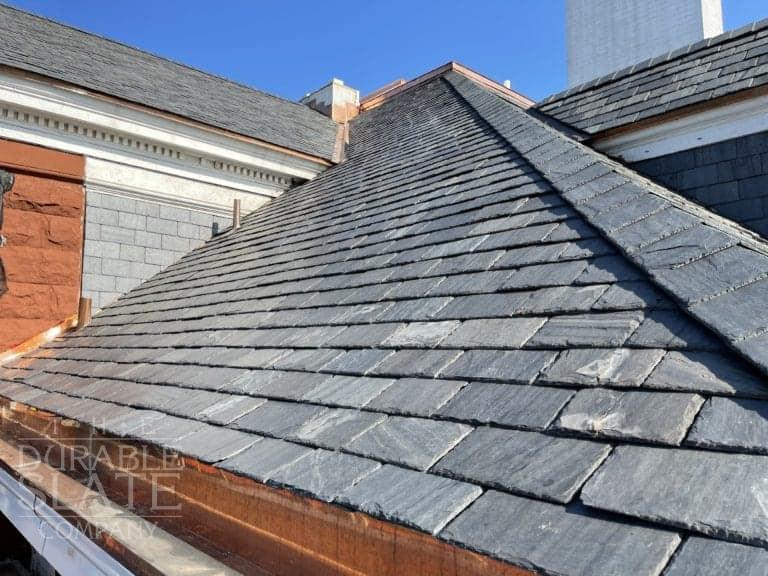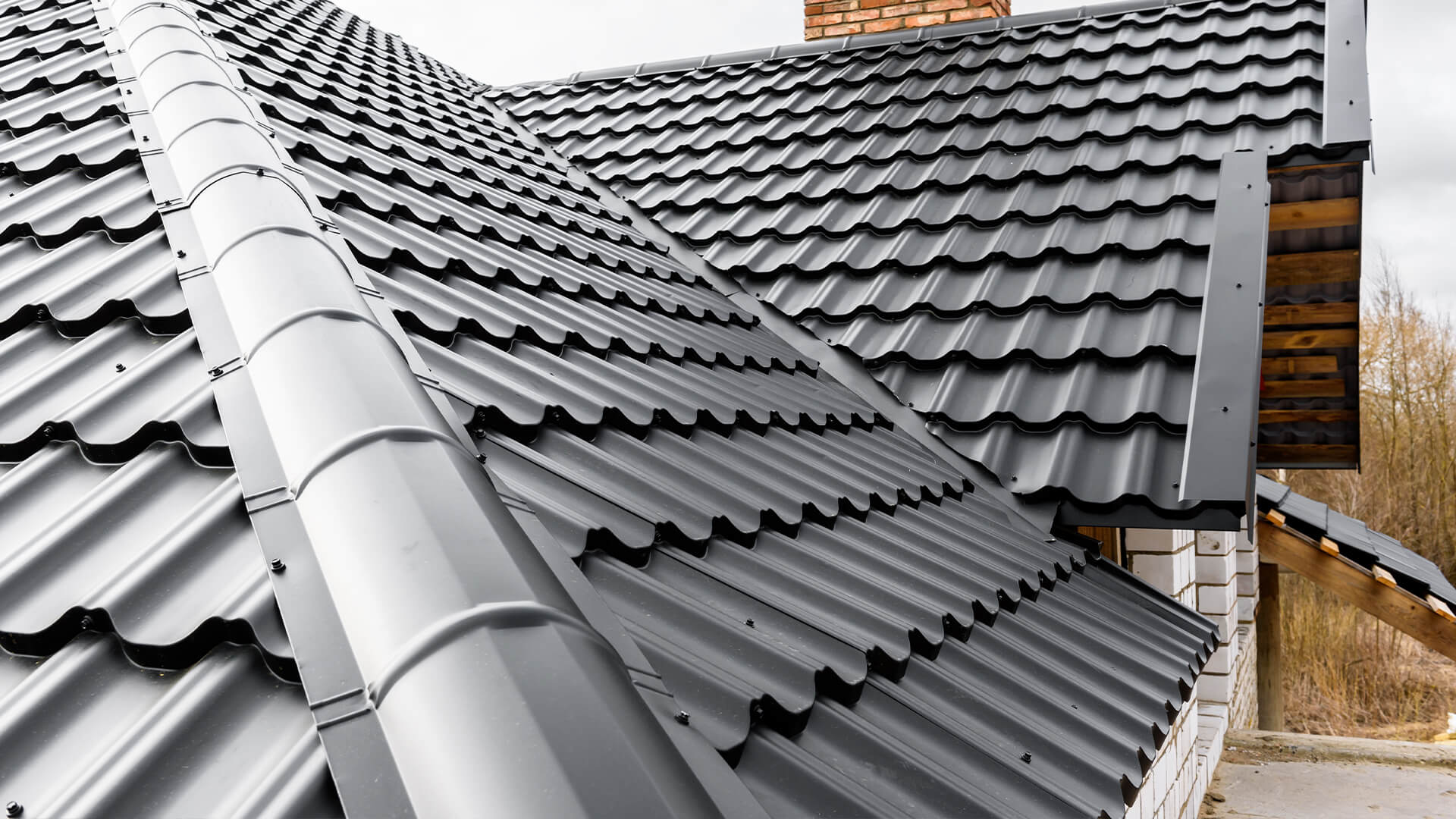Step-by-Step Overview to Finding the Right Roofing Companies in Gainesville
Step-by-Step Overview to Finding the Right Roofing Companies in Gainesville
Blog Article
Ideal Practices for Ensuring Proper Roof Ventilation
Guaranteeing correct roof covering air flow is essential for the durability and effectiveness of a roof covering system. A balanced consumption and exhaust air vent ratio, frequently 1:300, plays a critical function, with intake vents preferably positioned at the reduced side of the roofing for amazing air entrance and exhaust vents at the height for warm air exit. Normal assessments to recognize clogs and maintain clear airflow are critical. Keeping insulation away from vents is critical to protect against airflow constraint. Understanding these foundational elements establishes the stage for even more in-depth understandings right into installation and upkeep practices that can significantly improve your roof's performance.
Understand Ventilation Basics
Properly comprehending air flow basics is important for ensuring the longevity and efficiency of roof. Effective air flow reduces moisture build-up and temperature extremes in the attic, both of which can bring about considerable architectural damages over time. A well-ventilated roofing system helps in preventing typical concerns such as mold and mildew development, wood rot, and ice dams, which can compromise the stability of the roofing products and the underlying structures.
The key goal of air flow is to promote the movement of air, permitting for a consistent exchange between the indoor and outside settings. This balance is attained via a mix of intake and exhaust vents that function together to preserve optimum air movement. Intake vents, normally situated along the soffits or eaves, allow fresh air to enter the attic area, while exhaust vents, commonly positioned at or near the roof ridge, enable hot, damp air to get away.
Key factors influencing the performance of roof covering ventilation consist of correct placement, adequate sizing, and ensuring that both consumption and exhaust vents are unhampered. Routine evaluation and upkeep are important to determine possible blockages, damages, or inefficiencies in the air flow system, consequently securing the roofing's performance and resilience.
Sorts Of Roofing System Vents
Roofing system vents play a vital role in preserving effective attic room ventilation and, by expansion, the general health and wellness of the roof covering system. Numerous kinds of roof covering vents are available, each with distinct advantages customized to particular roofing requirements.

Soffit vents are set up under the eaves and operate in tandem with roof vents to guarantee a well balanced consumption and exhaust system. By allowing cooler air to go into from below, soffit vents help with the expulsion of hot air through top vents. Gable vents, located on the exterior wall surfaces of the attic room, deal an additional reliable service, especially in homes with saddleback roofs.
Analyze Your Present Air Flow

Next, take into consideration the age and condition of your roof materials and ventilation components. Older systems may not adhere to current building regulations or may have degraded gradually, minimizing their effectiveness. Conduct a comprehensive evaluation to identify any signs of wear and tear, such as rust, damage, or gaps that might compromise the system's performance.
Furthermore, gauge the attic room temperature level and humidity degrees. High temperatures you could try these out and humidity can indicate inadequate air flow.
Installment Best Practices
Reliable installation of roof covering ventilation systems is critical for making sure optimal efficiency and durability. Appropriate installation begins with recognizing the certain ventilation needs of the building and the roofing system it covers. This includes determining the appropriate proportion of consumption to wear down vents, commonly adhering to the 1:300 regulation, which states one square foot of air flow for each 300 square feet of attic flooring space.

The placement of vents is similarly crucial. Consumption vents should be installed at the roof's reduced side, often in the soffits, to permit great air to get in. Exhaust vents, on the various other hand, should be mounted near or at the roof's height to facilitate the departure of cozy, damp air. This creates a natural air flow that helps maintain temperature look at here now and dampness balance within the attic room space.
Seal all air vent links carefully to stop air leakages and potential water seepage. Usage premium materials and adhere to producer guidelines to make sure durability and effectiveness. Additionally, integrating ridge vents with baffles can significantly improve air movement performance by avoiding wind-driven rainfall and snow from getting in the attic room.
Ultimately, exact installment of roofing air flow systems alleviates prospective concerns such as mold development, ice dams, and structural damages, making sure the roof's stability and the building's general wellness.
Routine Maintenance Tips
Consistency in upkeep methods is essential to guaranteeing the long-term performance of roofing ventilation systems. During these evaluations, make sure that vents are totally free of particles, nests, and various other blockages that might impede airflow.
Utilize a soft brush or a vacuum to get rid of dust and debris from intake and exhaust vents. Be careful not to damage the vent screens or louvers during the procedure.
Correct insulation is equally crucial. Make certain that attic insulation does not block the vents, as this can drastically restrict air flow. Rearrange or change it to keep a reliable obstacle. if any type of insulation has moved or settled.
Lastly, replace any kind of damaged or missing components promptly. Busted vents, cracked tiles, or shabby blinking can all contribute to poor air flow and must be attended to right away. Normal upkeep makes certain that the roofing air flow system works ideally, consequently expanding the life expectancy of the roof covering itself.
Conclusion
Ensuring appropriate roof covering air flow is extremely important for preserving the effectiveness and resilience of a roof. Adherence to the 1:300 consumption and exhaust air vent proportion, combined with the tactical placement of vents, is crucial. Regular semiannual inspections, particles cleaning, and informative post making certain insulation does not block air movement are critical methods. Applying these best practices will certainly cultivate a well-ventilated roofing system, therefore mitigating possible concerns associated with moisture accumulation and too much warm, eventually lengthening the roofing system's life-span.
A balanced intake and exhaust vent proportion, frequently 1:300, plays a pivotal role, with intake vents ideally positioned at the lower side of the roof for cool air access and exhaust vents at the peak for warm air exit. Intake vents, commonly located along the eaves or soffits, permit fresh air to enter the attic room space, while exhaust vents, usually located at or near the roofing ridge, make it possible for hot, moist air to run away.
Soffit vents are installed under the eaves and work in tandem with roofing vents to make certain a balanced consumption and exhaust system. By enabling cooler air to get in from below, soffit vents promote the expulsion of warm air through top vents. Adherence to the 1:300 intake and exhaust air vent ratio, combined with the calculated positioning of vents, is essential.
Report this page